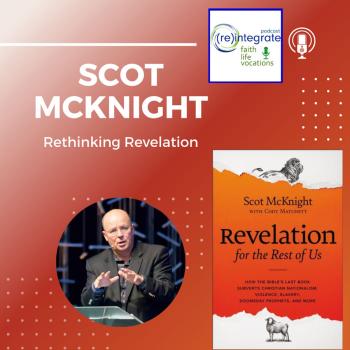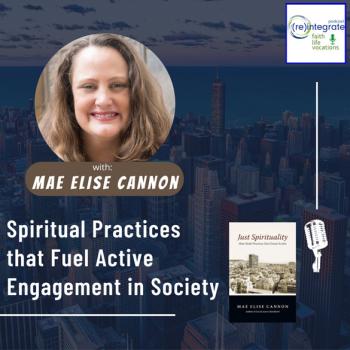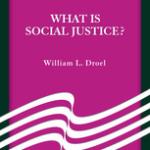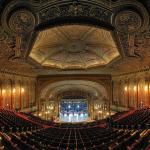The true, the good, and the beautiful: through the ages, these ideals have been at the heart of what it means to be human. We seek truth, we need to do that which is good, and we need to experience beauty.
Christians have forever embraced these as various aspects of the glory of God. Jesus, the logos of God, is “full of grace and truth” (John 1:14) and is the personification of truth (John 14:6), and those who follow Jesus will know this truth and be set free (John 8:33) and will then be empowered do the work of truth (John 3:21). God is good (Psalm 100:5) and what he has created is declared by him to be “very good” (Genesis 1:31). All of God’s commands are good (Psalm 119:39). God did good by giving to everyone “rains from heaven and fruitful seasons, satisfying your hearts with food and gladness” (Acts 14:17), and “every good gift and every perfect gift is from above, coming down from the Father of lights” (James 1:17), “The Lord is good to all and his compassion is over all that he has made” (Ps. 145:9). David sings that the “one thing” that he seeks is “to gaze upon the beauty of the Lord” in the temple (Ps 27:4). Biblical imagery of beauty is found from start to finish – from the garden to the glorious New Jerusalem, from nature to that which man makes, from flocks to people to garments to ornaments and to cities. Truth, Goodness, and Beauty combine to create a synthesis of what it means to be human, enjoying God as a part of his glorious creation.
However, evangelical Christians in the past century have mostly embraced only the true and the good. We have championed truth and done a lot of good. As David Bebbington delineated, among what makes evangelicals distinctive is a high regard for the Bible where truth is found, and a belief that the gospel needs to be expressed in good works.

The embrace of the aesthetic aspect of life has largely been dismissed as superfluous by evangelicals in recent history. Calvin Seerveld issues a stern rebuke:
“If older Christians do not like the secular novels their young people read, cannot stand the songs and films mass-produced to capture and twist the imagination of millions around us, are nonplussed by godless contemporary art, what can they expect if no redemptive, imaginatively rich alternative has been engaged in by Christ’s body for sustained years of work; what can they expect if it hasn’t even started? We must come to understand the unwisdom of having run as far away from plastic art and gritty literature as our sanctified legs can run.” (Rainbows for the Fallen World: Aesthetic Life and Artistic Task, p. 35)
There is a need for evangelicals to embrace again the aesthetic life, but we are uneasy in doing so. We have so become modern, so focused narrowly on the reasonable and the scientifically observable that we no longer experience the world as the pre-moderns once did. Hans Urs von Balthasar identified our problem:
“Beauty is the last thing which the thinking intellect dares to approach, since only it dances as an uncontained splendor around the double constellation of the true and the good and their inseparable relation to one another. Beauty is the disinterested one, without which the ancient world refused to understand itself, a word that both imperceptibly and yet unmistakably has bid farewell to our new world, a world of interests, leaving it to its own avarice and sadness. No more loved or fostered by religion, beauty is lifted from its face as a mask, and its absence exposes features on that face, which threaten to become incomprehensible to man. We no longer dare to believe in beauty and we make of it a mere appearance in order the more easily to dispose of it. Our situation today shows that beauty demands for itself at least as much courage and decision as do truth and goodness, and she will not allow herself to be separated and banned from her two sisters without taking them along with herself in an act of mysterious vengeance.” (Glory of the Lord: A Theological Aesthetics, Volume 1, Seeing the Form, p. 18)
In our post-modern age, it is time to re-embrace beauty as much as truth and goodness. Beauty is found in the nuance of a painting found in an art museum, the unexpected transition in a musical composition, in a tearful and exhilarating moment in a film.
But not only there: beauty is also experienced in a smile on a four-year-old’s face, a gentle breeze against your face, a moment of lying still in the grass. As Seerveld writes,
“If the aesthetic moment is missing in daily active responses to God and neighbor in the world, then that life is shorn of a great praise potential and you are liable to a closed down kind of grim slavery.” (Rainbows for the Fallen World, p. 54).












